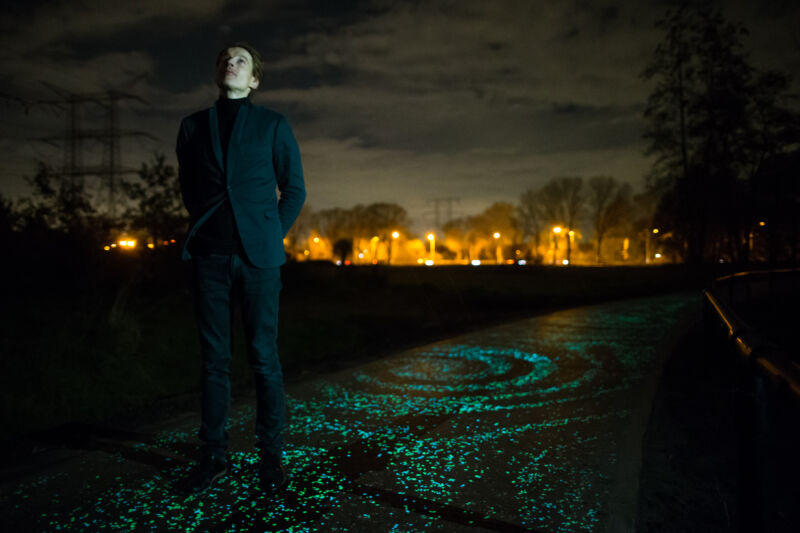Will glow-in-the-dark materials someday light our cities?

Enlarge / Daan Roosegaarde is the artist behind the glow-in-the-dark Van Gogh fietspad (bike path). (credit: Daan Roosegaarde, CC BY-SA 3.0)
Around the year 1603, Italian shoemaker and amateur alchemist Vincenzo Casciarolo tried smelting some especially dense stone he had found on the slopes of Mount Paderno, near Bologna. No gold, silver, or other precious metals resulted as he had hoped. But after the stone had cooled, Casciarolo discovered something interesting: if he exposed the material to sunlight and then took it into a dark room, the stone would glow.
That "Bologna Stone" was the first artificially prepared, persistently luminescent substance. Many more were to follow-and today, persistent luminescent materials are used for decorations, emergency lighting, pavement markings, and medical imaging.
Someday they might give us glowing cities that stay cooler and use less electricity.
Read 18 remaining paragraphs | Comments